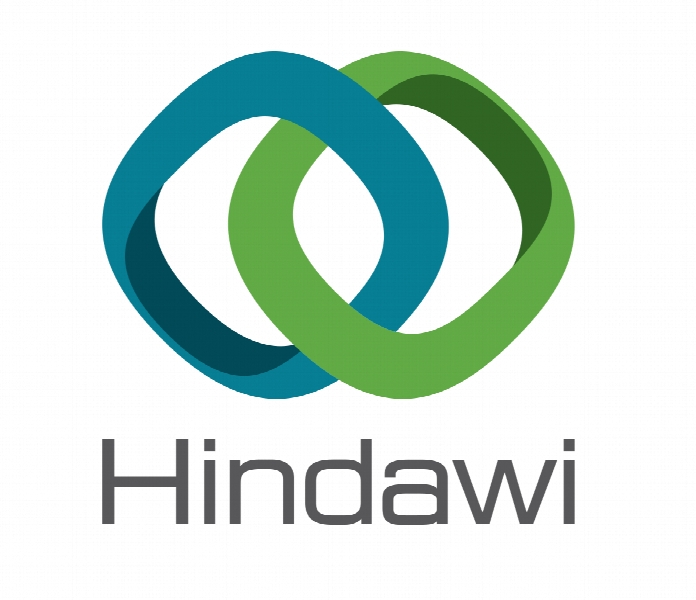مقایسه فیزیوتراپی متعارف و آموزش راه رفتن به کمک ربات در افراد مبتلا به آتاکسی پس از سکته مغزی A Comparative Study of Conventional Physiotherapy versus Robot-Assisted Gait Training Associated to Physiotherapy in Individuals with Ataxia after Stroke
- نوع فایل : کتاب
- زبان : انگلیسی
- ناشر : Hindawi
- چاپ و سال / کشور: 2018
توضیحات
رشته های مرتبط پزشکی
گرایش های مرتبط فیزیوتراپی
مجله عصب شناسی رفتاری – Behavioural Neurology
دانشگاه Universidade Federal de São Paulo (UNIFESP) – Brazil
منتشر شده در نشریه هینداوی
گرایش های مرتبط فیزیوتراپی
مجله عصب شناسی رفتاری – Behavioural Neurology
دانشگاه Universidade Federal de São Paulo (UNIFESP) – Brazil
منتشر شده در نشریه هینداوی
Description
1. Introduction Stroke is the third most common cause of death and the biggest factor for disability in adults of developing nations, just behind cancer and heart diseases [1]. Approximately 795,000 stroke cases occur every year in the USA [2] with 2-3% in the cerebellum area [3]. The loss of motor skills is one of the most common complaints of stroke survivors as approximately 75% of these patients have some walking disability that could result in high risk of falls [4, 5]. In a prospective study, 256 stroke patients were evaluated in the acute phase, with approximately 27% reporting at least one fall in a three-month period [6]. Impairment in the posterior circulation that involves the cerebellum or brainstem region may lead to damages in several important functions, such as balance, movement coordination, speech, hearing, ocular movement, and swallowing [7, 8]. Ataxia is an important sequela observed and recognized for its presentation as a loss of coordination, dysmetria, dysarthria, hypotonia, rebound phenomenon, and nystagmus [9]. Gait ataxia is described by a stumbling walking pattern, an irregular foot placement, an increased step, an enlarged stance, and an abnormal joint torque [10, 11]. When the depletion of balance ability is associated with decreased joint mobility, muscle tone problems, and loss of proprioception, there is an increase in the difficulty to perform activities of daily living for individuals with stroke injury [12]. Consequently, balance training is crucial for rehabilitation treatment. Conventional gait therapy (CGT), such as the Bobath concept, proprioceptive neuromuscular facilitation, therapist-assisted walking, and the use of braces or other devices are common treatment approaches [13]. Furthermore, high severity stroke patients with poor coordination in walking may benefit from treatment with a robotic device that allows task-focused training [14].


